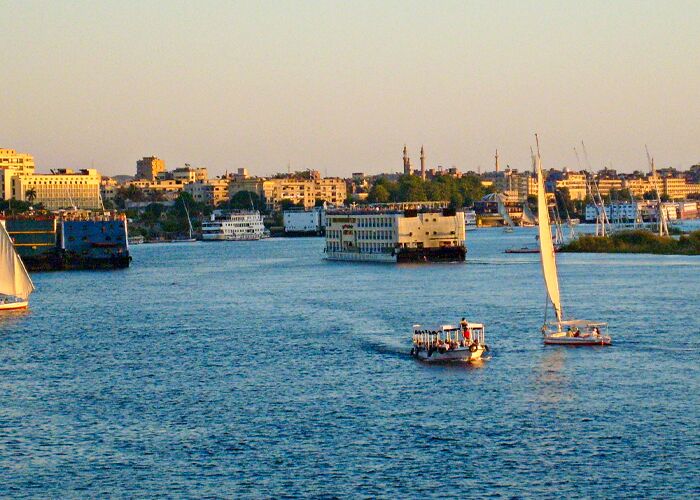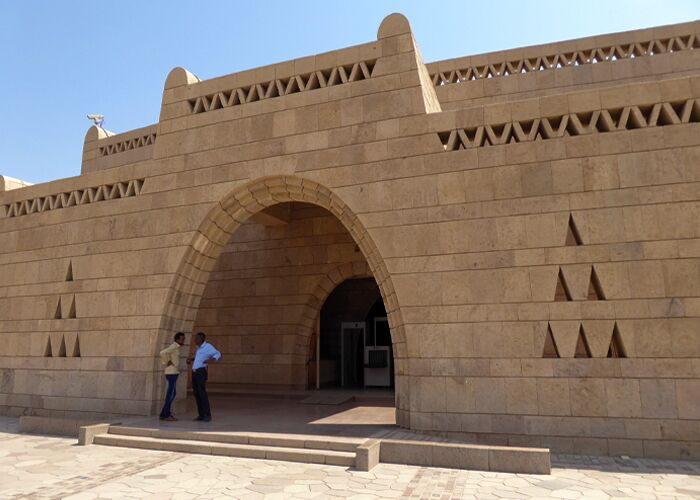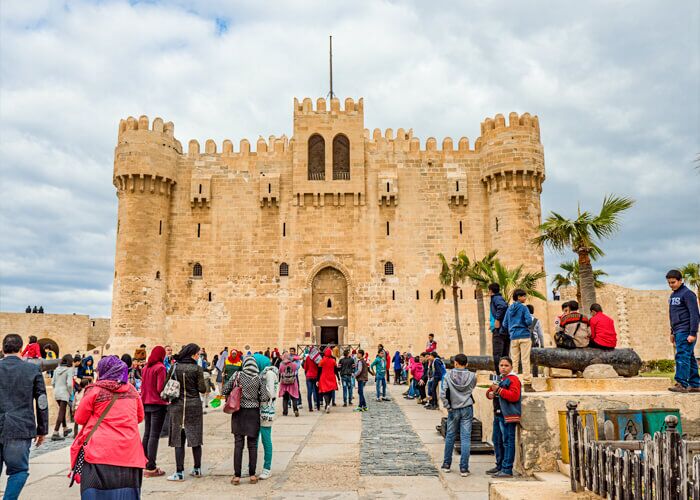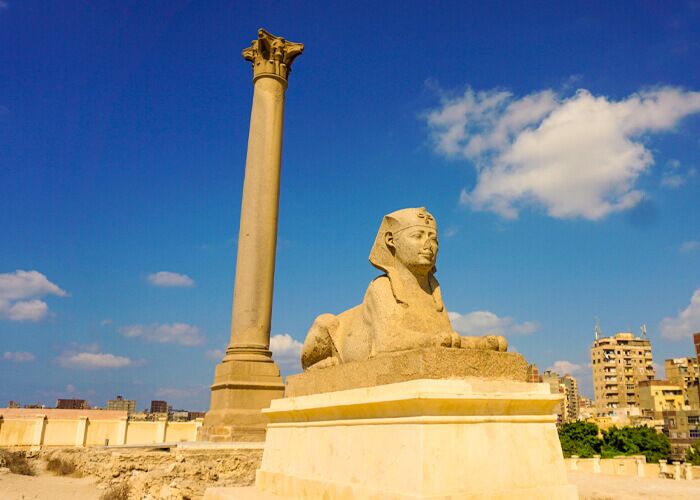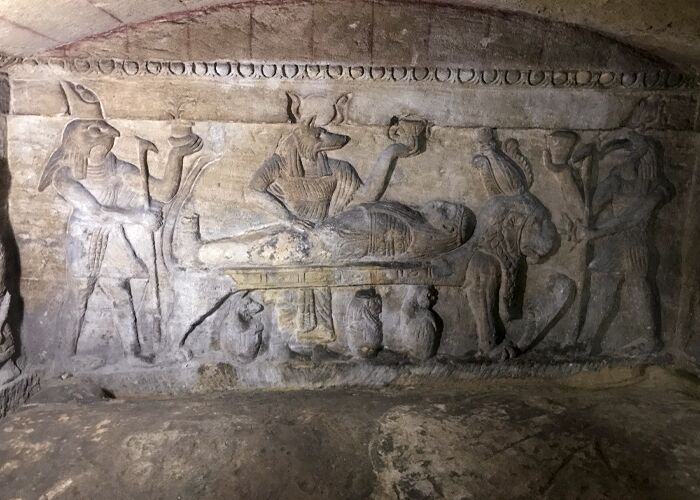Temples and monuments abound in the Egyptian city of Aswan.
The following subjects are covered:
In this part, you’ll learn about the history of Aswan, how to get there, and what to do while you’re there.
Aswan, Egypt’s “First City of Nubia,” has a laid-back vibe, and the Nubians who live there are well-known across Egypt for their kindness and friendliness.
To feel at home in this lively civilisation, tourists are exposed to its traditions, language, and culture.
Aswan is an excellent choice for a holiday because of the many nearby and out-of-the-way attractions, such as Lake Nasser and Abu Simbel.
It’s time to get down to the nuts and bolts of things.
Just a one-hour flight away from Cairo by aircraft is a three-hour journey from Luxor to Aswan City.
Things to keep an eye out for include:
It’s hard to beat Aswan’s magnificent setting on the Nile.
At this moment, it is wedged in between the Eastern Desert and the Sahara.
Blue waters and Cataract Islands contrast dramatically with the red sand, pink granite boulders and lush green island found in the stream that travels across the arid desert landscape.
When it comes to Aswan and the Nile, late-afternoon views of the latter are quite breathtaking.
It has been a border from ancient times that the town of Aswan serves as Egypt’s southernmost city and an entry point to Nubia and the continent of Africa
The winter months are known for their pleasant temperatures and laid-back atmosphere.
To enjoy the sunset and felucca boats passing by in Aswan, you’ll have extra time to relax at riverfront cafés.
Additionally, you’ll have more time to peruse its fascinating Souk, which has a beautiful fragrance of incense floating along the main street and a wide variety of spices and plants to bring back with you.
Aswan in the 21st century
it’s an unpretentious and accessible town with a lovely Corniche bordered by lovely beach café-terraces to visit.
Sharia al Souk, the city’s main market street, has an air of mystery.
It was founded when dams were erected to create Lake Nasser, which flooded their ancient lands, to commemorate their cultural and creative manifestations.
Prehistoric artefacts from Nubia have been preserved in the Museum’s impressive collection, which is well-organized and labelled in English.
Located approximately 1.5 kilometres (1 mile) south of Aswan, the enormous Fatimid Cemetery has domed mudbrick burial sites going back to the 9th century and a giant Unfinished Obelisk that was abandoned after a crack was discovered.
This artefact is thought to have been intended for installation in Tuthmosis III’s temple at Karnak, according to historical evidence.
Both the Old Dam, built in 1902, and the High Dam, completed in 1971, are situated above the First Cataract.
Aswan was once known as
It is situated across the Jordan River from the city on the West Bank, near the Cataract Islands, on Elephantine Island, which was originally known as Yebu (meaning “ivory” and “elephant” in Arabic). Located on the banks of the Nile, Yebu was an ideal starting point for Egyptian expeditions into Nubia.
Distances may be measured with nilometers.
Before the Aswan Dam was built, this apparatus was used to keep track of the annual flooding of the Nile. In order to compute taxes, a precise estimate of the Nile’s water level was required since the bigger the crop, the higher the tax rate would be.
Note:
Take a felucca ride while you’re in Aswan; it’s one of the best things to do when vacationing in Egypt.

